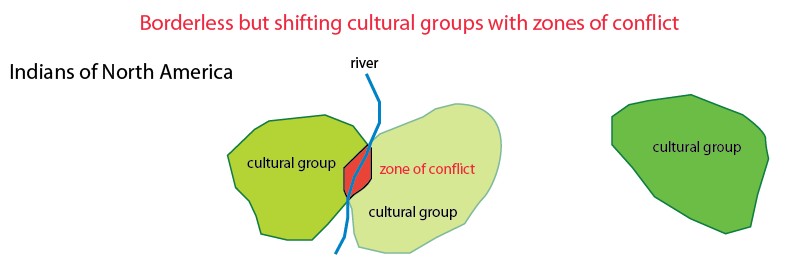Ingolf Vogeler, Types of
International Borders
along the U.S.-Mexico Border
Cultural groups have always occupied specific space. Sometimes different groups tolerated each other in the same space when they were not competing for the same natural resources. But sooner or later, violent conflicts over the same natural resources, e.g., water sources or grazing lands, resulted in territorial claims. For most of human history, groups did not need nor did they have the means to enforce rigid, permanent borders. Officially, international borders only became institutionalized with the Treaty of Westphalia in 1648, initially effecting only international borders in Western Europe, but subsequently, the concept of enforceable international borders has been adopted by all countries, even though they often dispute the exact locations of their international borders.

Borders are no longer of interest only to political and social geographers. Borders are of interest in today's popular press as well as among an increasing number of academics both in geography and cognate disciplines. In her book Dry Place: Landscapes of Belonging and Exclusion, Price (2004) explores why borders have both metaphorical and literal relevance and resonance to understand the "new" political and economic world order. My own landscape perspective builds on Price’s critical analysis. Whereas the literature on borders focuses generally on political and military issues, it lacks interest in the material and landscape aspects of borders.